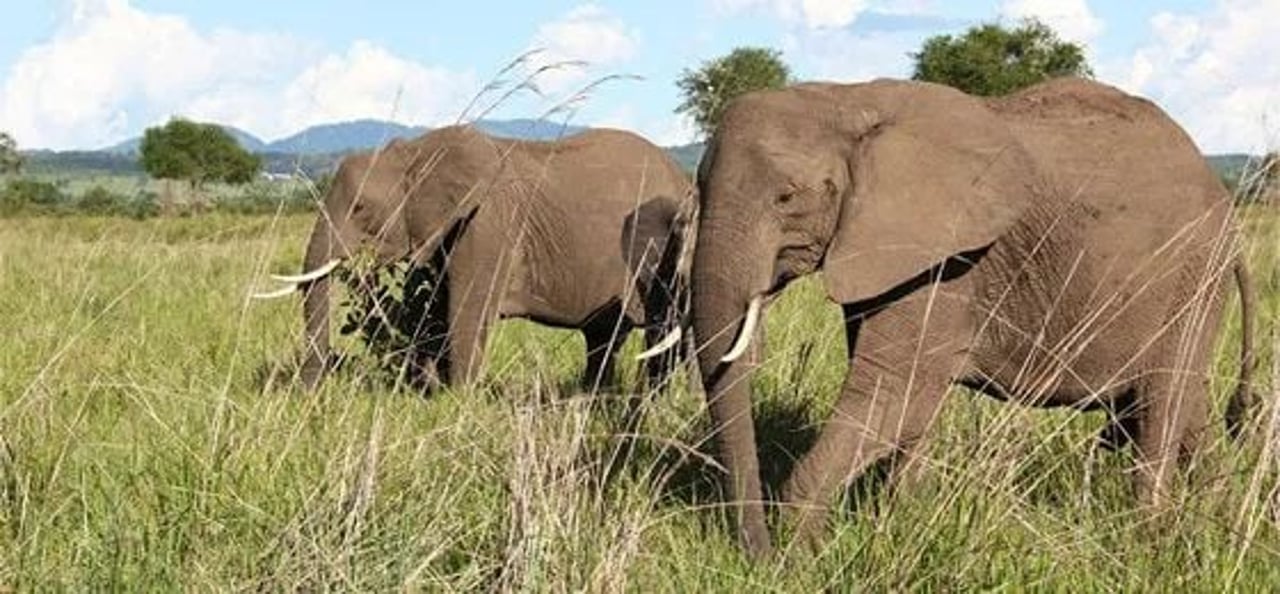
As a nation, we are captivated by wild animals. But are zoos the right place to view them?
More than 183 million people visit zoos and aquariums every year in the United States. Despite zoos’ popularity, wild animals do not thrive in captivity. Zoos limit the ability of animals to engage in their natural behaviors which leads to physical and psychological distress. Decades of research have documented that wild animals living in captivity experience osteoarthritis, obesity, and dental problems. But in addition to the impacts we can see, captivity can also damage and alter the structures of animals’ brains.
As a result, many animals are routinely given psychotropic drugs like Haldol and Valium. A 2000 survey reported half of responding zoos gave psychopharmaceutical drugs to their gorillas.
Roadside Zoos: The Worst of the Worst
The term “roadside zoo” refers to smaller, low-welfare zoos that are not accredited by the Association of Zoos and Aquariums. Roadside zoos are the worst of the worst—animals are usually kept in small, barren cages with little enrichment. Larger zoos in the US tend to have higher standards of care with on-staff veterinarians and animals housed in more naturalistic habitats.
At roadside zoos, veterinary care is inconsistent or nonexistent. The food may be moldy or inappropriate for the species, and animals are often confined alone. They are also more likely to sell dangerous interactions between animals and visitors, such as cub petting or tiger selfies. If you’re at a facility that allows direct contact between the public and animals, that’s a serious red flag that it doesn’t care about animal well-being.
The Difference Between Zoos and Sanctuaries
In addition to zoos, some wild animals live in sanctuaries. Sanctuaries exist solely to care for animals who cannot be safely returned to wild. Unfortunately, many roadside zoos brand themselves as sanctuaries—a form of greenwashing designed to drive ticket sales. But true sanctuaries do not exhibit their animals, though some may allow visitors to view the animals from a distance. Sanctuaries also do not engage in captive breeding (unless the organization is participating in a legitimate reintroduction program), purchase animals, or allow direct contact with animals.
Sanctuaries strive to replicate the freedom that a wild animal experiences in their wild home. For example, at the PAWS sanctuaries in California, elephants have acres of natural terrain to explore and lakes to bathe in. And at The Wild Animal Sanctuary in Colorado, lions and bears roam more than 10,000 acres of rocks, grasses, and canyons.
Skip Zoos for Sanctuaries
Zoos could potentially play a role in wildlife conservation, but they need to shift their focus away from entertainment and exhibition. Right now, zoos are exacerbating the biodiversity crisis—not helping solve it. Moving forward, zoos should prioritize animal species on the brink of extinction and redirect resources toward protecting wild animals living in the wild. They also need to stop participating in the wildlife trade and purchasing and selling animals. There are currently no zoos that meet these standards in the US.
So, what’s a compassionate animal-lover to do instead? View animals in the wild or at an accredited sanctuary! To ensure that you’re visiting a true sanctuary instead of a roadside zoo in disguise, make sure that the facility is accredited by the Global Federation of Animal Sanctuaries first. Cross zoos off your list and enjoy wild animals humanely this summer.

